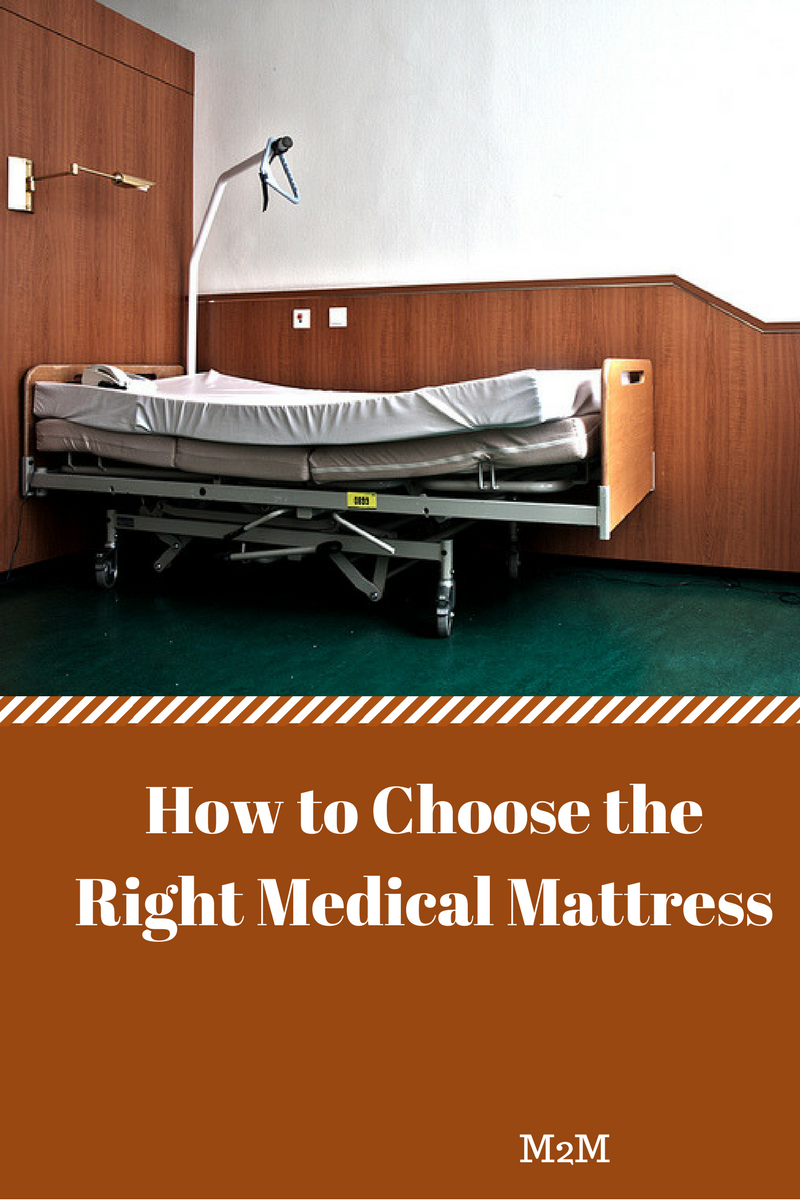Res
A good medical mattress is indispensable in the prevention and management of pressure injuries. A medical mattress is particularly important for bed-bound patients. Especially, overweight and limited mobility patients. Additionally, people with multiple sclerosis, amyotrophic lateral sclerosis, and those suffering from burns can benefit from a good medical mattress too. Each of these patients are at high risk for developing pressure injuries or ulcers also known as bed sores.
There are various types of medical mattresses. As a result, before buying one consider the needs of the user. For example, what is the current state of the patient’s skin integrity. Patients with more severe skin issues will usually require a mattress with extensive therapy options.
A patient with intact skin, a small blister, or shallow open bed sore is likely to only need a gel overlay or entry level foam mattress to manage the pressure injury. More advanced pressure wounds may require a specialized mattress to facilitate healing.
Various Types of Medical Mattresses
The most common medical mattresses include the alternating pressure mattress, low air-loss mattress, therapeutic foam mattress, and innerspring mattress. Each has a different set of features that provide support, ease, and relief to patients at risk.
An alternating pressure mattress has individual air cells that inflate and deflate. This type of mattress helps to effectively manage pressure and skin moisture. Additionally, it is good for relieving various pressure points. It also improves blood circulation at the same time. This mattress can effectively prevent the formation of pressure injuries. Also, they promote the healing of existing ulcers.
Similar to an alternating pressure mattress is the low air-loss mattress. It also contains individual air cells that alternate pressure to stop wounds from forming. Additionally, it has a cooling function. Each cell has a tiny hole that releases small amounts of air that targets hot spots on the body. It also regulates skin moisture and provides adequate support.
Meanwhile, a therapeutic foam mattress relieves pressure in specific areas of the body. It features soft foam in areas where pressure injuries are most likely to start. This includes the head, elbow, and back of the legs. The surrounding parts of the mattress have a more rigid foam.
Lastly, there is the innerspring mattress. This is similar to a traditional mattress and offers no protection against pressure sores. In fact, it can even cause the development of pressure injuries by adding pressure and increasing the temperature of the skin surface. Most importantly, while it is cheap, an innerspring mattress is NOT recommended for a patient who spends more than 10 hours a day in bed.
Important Considerations
Purchasing the right mattress can help in the prevention, maintenance, and healing of pressure injuries. However, that’s not all it takes. While a good mattress will lessen the manual work needed to control a pressure injury, a caregiver must still take responsibility for ensuring the health and daily care of the patient.
Just as important, special care must be given to patients who are incontinent. The added moisture can aggravate pressure sores. Restless patients should use perimeter guards. These accessories can prevent falls. Plus they help keep the mattress cover smooth to prevent shearing.
Finally, pressure prevention doesn’t stop with the mattress. If the patient spends a long time in a wheelchair, ensure that the seat is also adequately equipped to discourage the formation of pressure sores.




